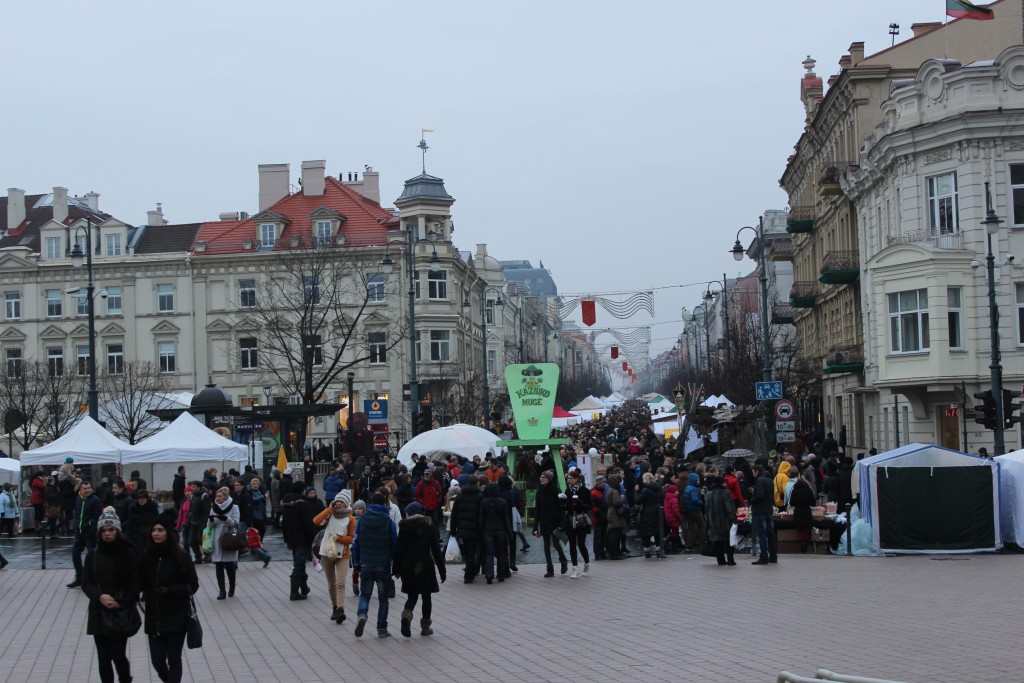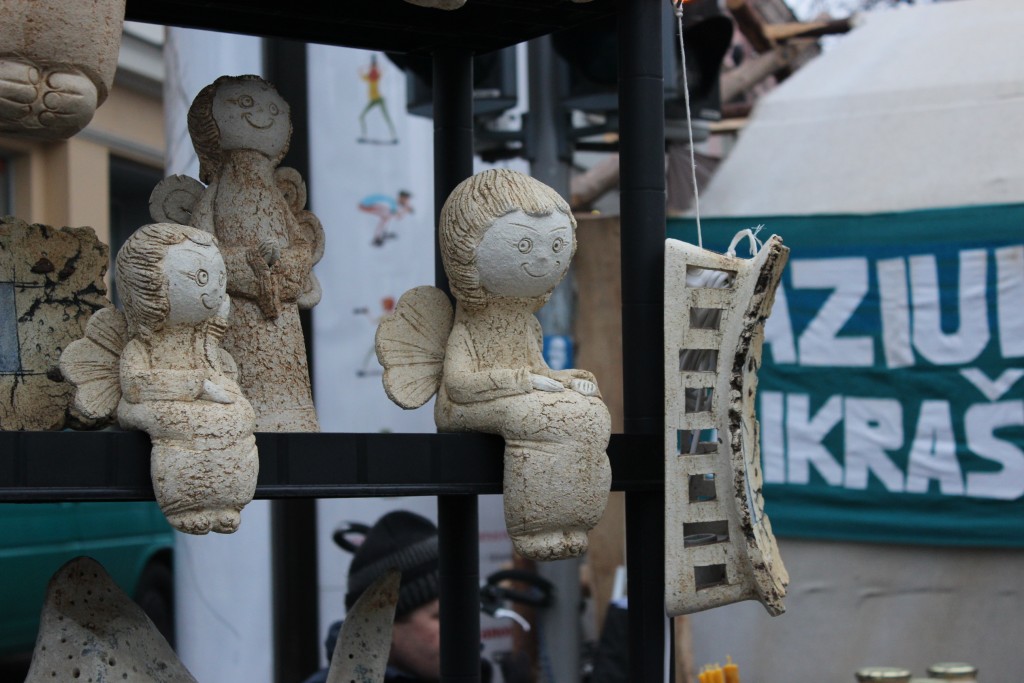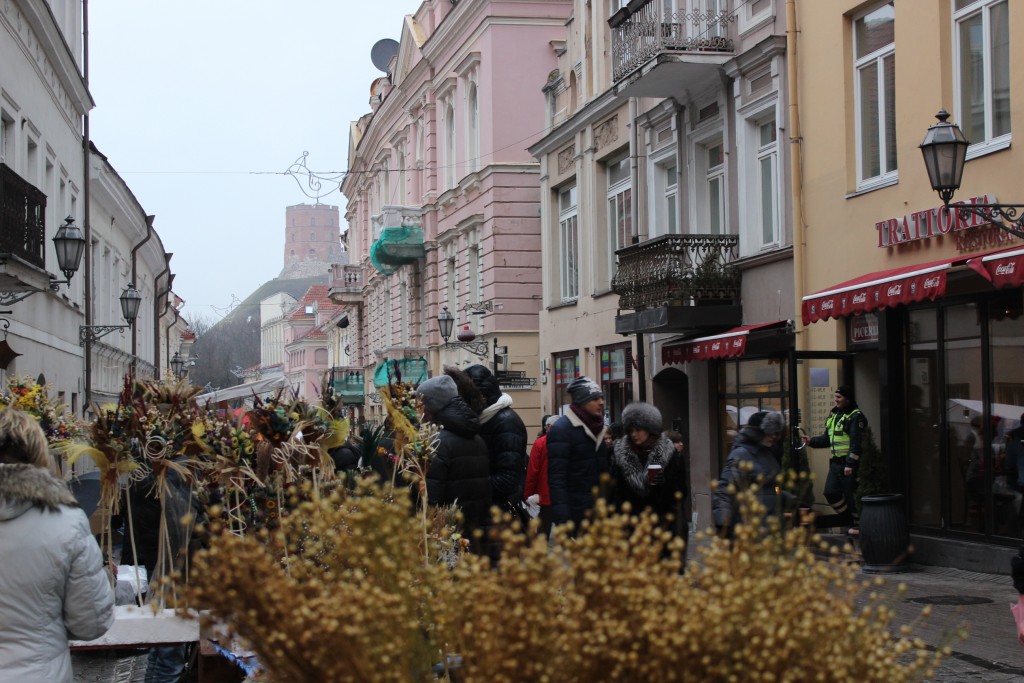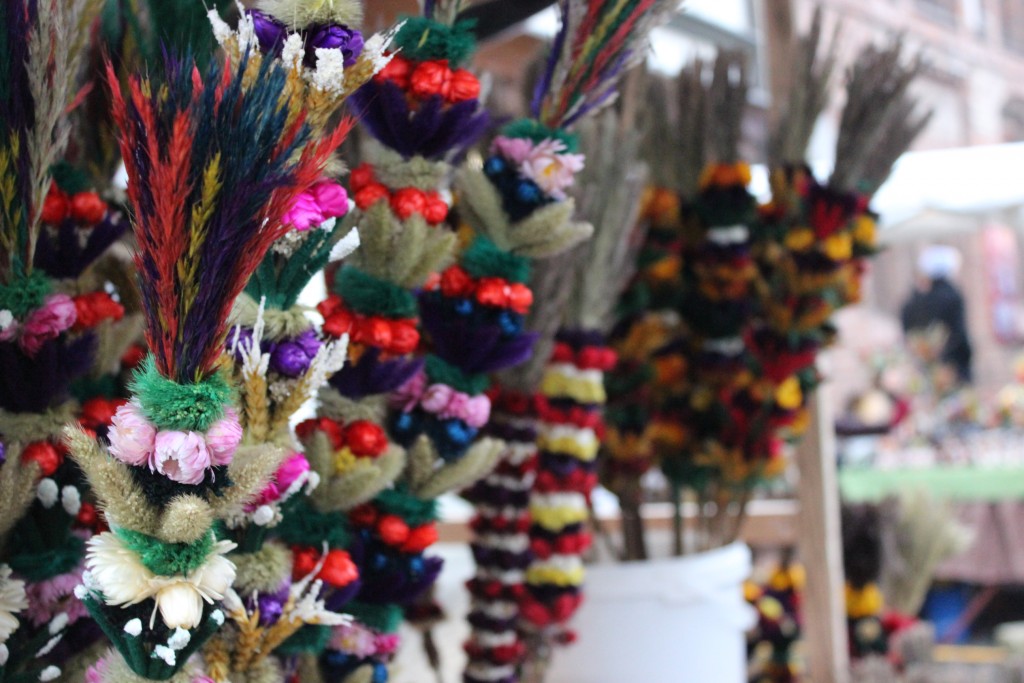Kaziuko mugė (English: Kaziukas Fair) is a large annual folk arts and crafts fair dating to the beginning of the 17th century. It was originally held at the two main markets in Vilnius, Lithuania, as well as in the city streets.
The fair is traditionally held on the Sunday nearest to St. Casimir’s Day, March 4, the day Saint Casimir died. In Lithuanian, Kaziukio mugė means “Little Casimir’s” Fair (Kaziukas is a diminutive of Casimir). Today, Kaziuko fair also features music and dance; it attracts tens of thousands of visitors and many craftsmen from all over the country as well as from neighboring states such as Belarus, Poland, Latvia and Russia.
In recent years the fair has also been held in Kaunas on the Laisvės alėja and Town Hall Square. Similar festivals are also held in Hrodna, Belarus, the city where St. Casimir died, as well as in some cities in Poland. A smaller version of this fair is held annually in the Lithuanian World Center in Lemont, Illinois.
The arts and crafts at the fair include hand-made goods from local craftsmen, such as apparel, knitted clothes, footwear, toys, utensils, metal crafts, souvenirs, and paintings. Foodstuffs like rye bread, bagels, honey cookies, meat and dairy products, natural honey, beer, and gira (kvas) are sold as well. Wood carvers sell sculptures, household utensils, toys, musical instruments, potters – clay jugs, pots, cups, plates, jars, bowls, wicker weavers bring wicker furniture and household items. Folk built weavers lure buyers with varicolored strips, knitters – with lace and embroidery.
“Palm” bouquets (called “verbs”) are one of the fair’s specialties. Made of colorful dried flowers and herbs, they are taken to the churches on Palm Sunday. The shape of the “palms” resembles a lily, a flower which St. Casimir is traditionally associated with. Verba has become a traditional symbol of spring. Another popular product at the fair is the “muginukas”, an often heart-shaped honey cookie, decorated with colored sugar flowers, zig-zags, dots, and birds. Popular men’s and women’s names are written on the cookies. People buy them to give to their loved ones. It is a customary tradition to bring back some cookies for anyone who had to remain at home.
“Verbs”








